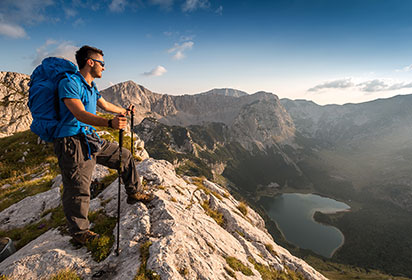Written by Bradt Travel Guides
Stretching for 333km across the Dinaric Alps in Bosnia and Herzegovina, the Via Dinarica White Trail is the world’s newest walking route. Winding its way across the western Balkans, offering rugged peaks with epic views, and rolling hills with wildflower-filled pastures, the trail traverses past twinkling rivers, impressive canyons and countless intricate karst caves. And along the way you’ll encounter not only stunning landscapes but thriving communities, and a host of adventurous activities. Here are five reasons why you need to start planning a visit.
Dramatic landscapes
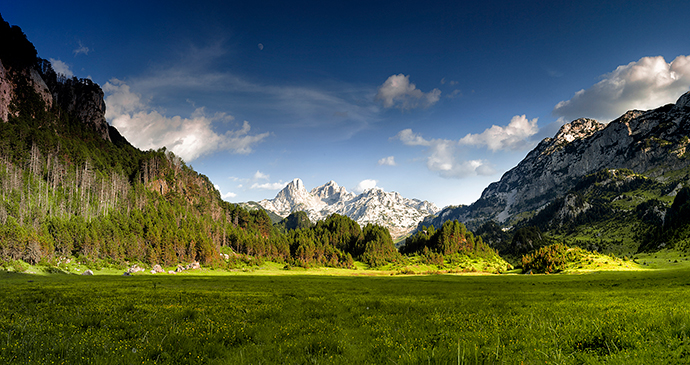
Majestic mountains stretching fiercly across the western Balkans; wild, coursing rivers of crystal-clear turquoise hues; dramatic, rocky canyons and countless karst caves that compose the largest karst fields in the world — all are found on the Via Dinarica White Trail. From the coast, you travel through a classic Mediterranean climate of sun-soaked vineyards and orchards into deep pine forests further north, and revel in the great diversity of ecosystems. The natural wonders and ever-changing landscapes of the Via Dinarica are what make this brand-new hiking route so exciting.
Remarkable flora and fauna
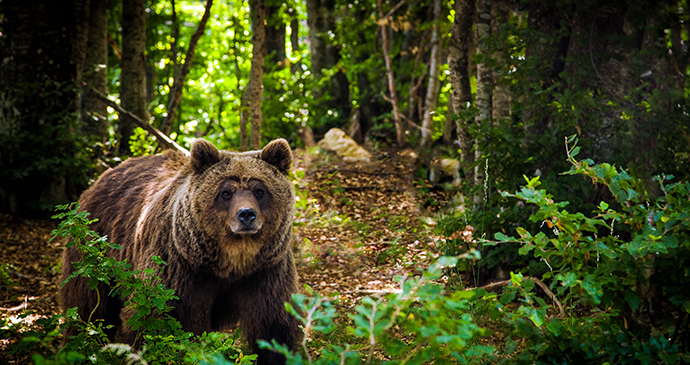
The Dinaric region is characterised by a high level of biodiversity for many different reasons. The limestone-dolomite bedrock and the formation of various types of soil, diverse climatic conditions, and unique physical and geographical characteristics, have had a positive impact on the flora and fauna of this region. Brown bears, lynx, wolves and chamois are all visible along the trail, while eagles, hawks and falcons are common sights in the skies. With so many protected areas found along the Via Dinarica, wildlife lover’s will be well catered for during a hike.
A rich history and heritage
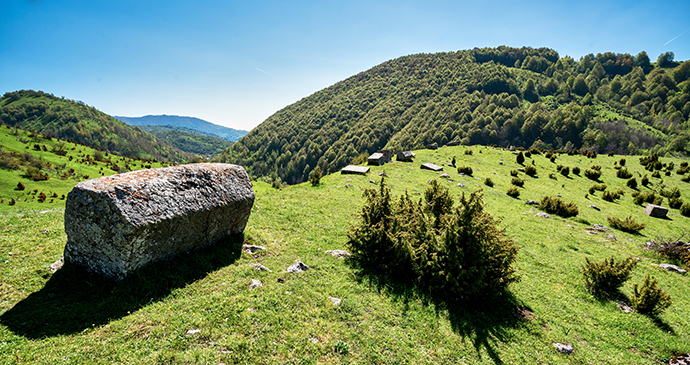
Much ancient history is scattered across the mountains, such as the UNESCO-protected ancient necropolises of stećci gravestones that sit on remote Alpine slopes. Archaeological sites also remain standing in towns that have been centres of culture for centuries, marked by hundreds of medieval settlements or ruins in the high mountains along the Via Dinarica. Whether it be the Ottoman charm of Sarajevo, the jaw-dropping beauty of Dubrovnik and Kotor, or the countless raw and authentic towns in the lower valleys, there is an impressive repertoire of cultural heritage to explore.
A chance to experience highland life
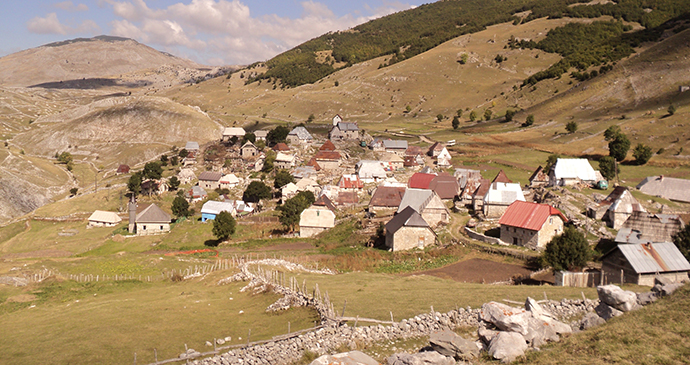
While urbanisation is occurring here as it is everywhere in the world, Dinaric village life persists – and looks quite similar to how it did hundreds of years ago. The Via Dinarica will take you hiking or biking through hills in which charming villages are tucked away in spectacular natural settings, where you can experience the warmth of small communities – and of their traditionally made stews and breads. The traditional architecture, dress, food preparation and ceremonies are well preserved in the highlands, offering a rare experience of old-world customs in Europe.
The wealth of outdoor pursuits
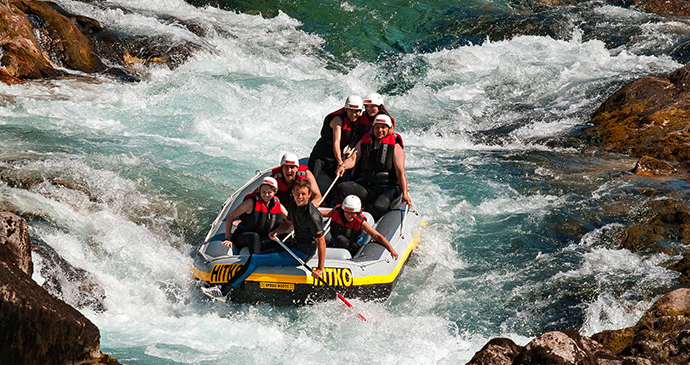
Although primarily a hiking route, the Via Dinarica offers plenty of other adrenalin-pumping activities along its route. Watersports lovers will enjoy whitewater rafting along the Neretva River or kayaking along the Dinaric region’s many crystal-clear streams, while cavers will want to head straight to Stage 27 of the route, part of the world’s largest karst field. For more on the outdoor activities on offer along the Via Dinarica, click here.
Want to find out more about the Via Dinarica? Check out our dedicated guide:
